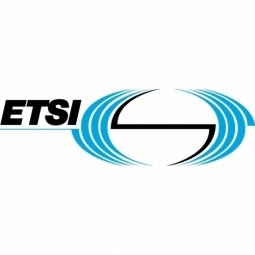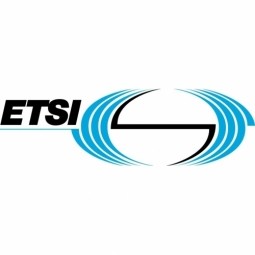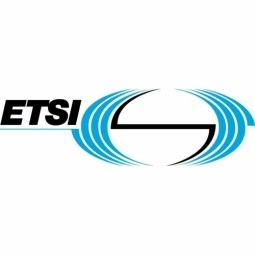IEEE - P2413 - Standard for an Architectural Framework for the Internet of Things (IoT)
The Internet of Things (IoT) is predicted to become one of the most significant drivers of growth in various technology markets. Most current standardization activities are confined to very specific verticals and represent islands of disjointed and often redundant development. The architectural framework defined in this standard will promote cross-domain interaction, aid system interoperability and functional compatibility, and further fuel the growth of the IoT market. The adoption of a unified approach to the development of IoT systems will reduce industry fragmentation and create a critical mass of multi-stakeholder activities around the world.









